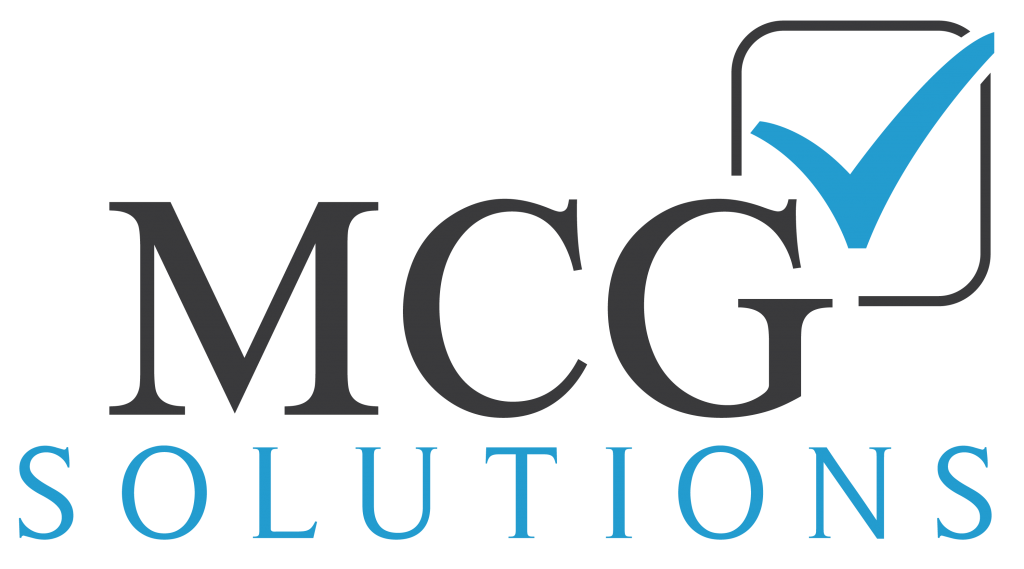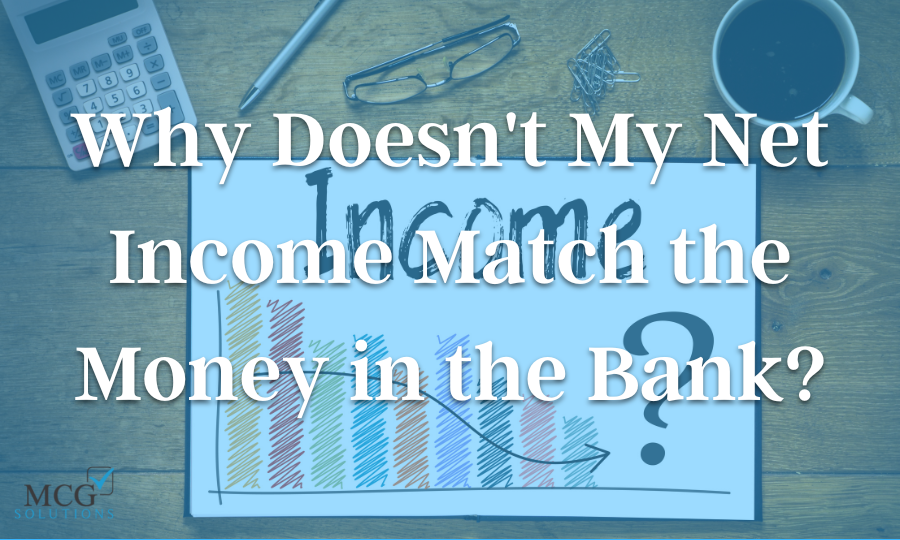When you’re starting a business, there’s a lot to learn. Even experienced owners can find themselves confused by finances, bookkeeping, and especially terms of art. One common question is why the number under “net income” never seems to match how much money you have in the bank.
Here’s a quick guide to net income, cash flow, and why the numbers may be drastically different
Net income vs. Cash flow
Net income and net profit mean the same thing: the profit that your business earned over a specific period, such as one month or one year. It’s the revenue you earned, minus the expenses incurred, such as rent, mortgage, utilities, advertising, employee wages, supplies and more.
Cash flow, on the other hand, refers to the money that you have on hand or in the bank. Cash flow is what you have been paid—and that’s not always the same as what you’ve earned. Late payments, bounced checks and other issues can cause cash flow issues. For example, imagine that you performed $100,000 worth of labor last month. If your clients don’t pay you the full amount in a timely manner, you could find yourself lacking money in the bank, especially if you have to pay expenses in the meantime.
The key is that your revenue is accounted for at the time it’s earned, not the time it’s paid. It’s not unusual to see major discrepancies between net income and cash flow, especially if your clients aren’t paying on a regular basis.
Maintaining good cash flow
Maintaining a good cash flow is one of the keys to running a successful business. That can be tough when you’re not sure what your income, expenses, and regular cash flow might be. Plus, business owners should plan for emergency expenses.
To help maintain a good cash flow, first, review your historical financial data. Are there any periods where you see a lower cash flow? This is very common in seasonal businesses, but even year-round companies can have the same problem.
Next, are there any clients who consistently pay late? It might be time to set up payment policies that help you regulate and increase your cash flow. For example, you may want to ask for a percentage up-front or offer a discount for anyone who pays on the spot. Retailers, on the other hand, may need to require upfront payments before consumers get the product.
Finally, you may need to take non-paying customers to collections. Knowing when to go to collections is usually determined on a case-by-case basis. Sometimes leniency is in order to preserve long-time relationships, while in others, it’s best to start as you wish to continue. Your bookkeeper or business advisor can explain your options, as well as the potential consequences.
Now that you know the difference between net income and cash flow—and why they’re often drastically different—get the experienced bookkeeping assistance you need.
Reach out to MCG Solutions today to learn more about how we can serve you.

